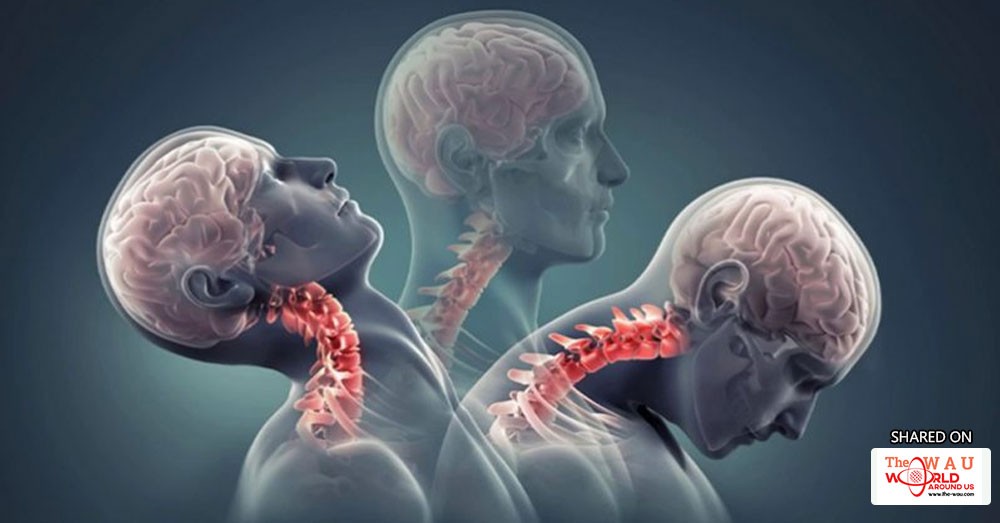Cervical spondylosis, also known as cervical osteoarthritis or neck arthritis, can be a painful and debilitating condition, but with proper care and treatment, many people who suffer from it can lead normal lives.
Cervical spondylosis is common as people age. You don’t hear the term a lot because most people refer to it as either cervical osteoarthritis or neck arthritis. The condition impacts more than 85 percent of people over the age of 60. Some people have a mild case and experience few or no symptoms at all, while others have chronic, severe pain and stiffness. The condition is essentially one that affects the joints and discs in the neck.
Cervical spondylosis: Causes and risk factors
We all have bones and protective cartilage in our necks, which are prone to wear and tear. This wear and tear is what leads to cervical spondylosis. Just how the deterioration occurs varies from person to person. There can be many different causes of cervical spondylosis.
Bone spurs: Sometimes, an overgrowth of bone can occur as the body is trying to grow extra bone to help make the spine stronger. The extra bone can push against the spinal cord and nerves.
Dehydrated discs: Gel-like material inside the discs between bones can dry out over time. This causes bones to rub together. This drying out typically begins around age 40.
Herniated discs: Spinal discs can develop cracks, which allow cushion material to leak and press on the spinal cord and nerves.
Injury: A fall, a car accident, or any injury to the neck can speed up aging.
Ligament stiffness: Cords connecting the spinal bones can become stiff over time and make it difficult to move the neck.
Overuse: Early wear and tear can occur if someone’s occupation or hobbies involve repetitive movements or heavy lifting.
There are risk factors for cervical spondylosis to consider. While herniated discs, dehydration, and bone spurs are due to aging, there are other factors that can increase your risk of neck arthritis. For example, neck injuries can happen at any stage of life, work-related activities such as lifting can happen at various ages, as well as holding your neck in an uncomfortable position for long periods of time can lead to stress on the joint and ligaments. Studies show that genetics play a role, too. Those who smoke and those who are overweight are also at a higher risk of getting cervical spondylosis.
...[ Continue to next page ]
Share This Post












